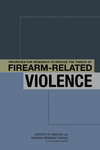 Following Sandy Hook, the Obama Administration took upon itself to organize discussions that ultimately led to the publication of a new gun research agenda. Basically this report could be summed up as ‘new wine in old bottles,’ because it called for studies of the same issues that had been on the CDC agenda before gun research was closed down. I have analyzed this report in my own book and it’s been subject to the usual negative commentary by the minions of the NRA. And since no funding for any of the suggested research areas has been voted through the Congress, the report remains exactly that: another dead report.
Following Sandy Hook, the Obama Administration took upon itself to organize discussions that ultimately led to the publication of a new gun research agenda. Basically this report could be summed up as ‘new wine in old bottles,’ because it called for studies of the same issues that had been on the CDC agenda before gun research was closed down. I have analyzed this report in my own book and it’s been subject to the usual negative commentary by the minions of the NRA. And since no funding for any of the suggested research areas has been voted through the Congress, the report remains exactly that: another dead report.
But the inactivity of the CDC in this area doesn’t mean that gun violence research isn’t going on. To the contrary, it continues to be conducted by a number of different organizations and individual researchers, to the point that there’s very little about the issue of gun violence that isn’t understood. Most of the research has come out of the major advocacy organizations like the Violence Policy Center and the Brady Campaign. Mike Bloomberg has endowed a research program at Johns Hopkins that publishes significant work, as does David Hemenway’s Injury Control Research Center at Harvard’s School of Public Health.
This is hardly a comprehensive list of organizations or individuals who are conducting meaningful gun violence research. And I apologize to the many serious researchers for whom space limitations don’t allow me cite their works. But I did want to spend a few sentences on a particularly significant research effort being carried out for the past two decades by an emergency room physician in California, Garen Wintemute, because here we have a remarkable example of theory linked to practice by someone who deals with the net results of gun violence every day that he shows up at work.
Wintemute’s Violence Prevention Research Program, housed at UC/Davis, has conducted research on a wide variety of issues related to gun violence, but what makes his work so compelling is that it combines extensive analysis of data with hands-on contacts between himself and the subjects of his research: gun owners, gun-show exhibitors, gun dealers, gun manufacturers. He is the only medical or public health specialist I know who has actually verified his data by visiting gun shops, walking through and observing gun shows, walking onto gun factory floors and, it should be added, he’s been a gun owner himself.
Recently Wintemute and several colleagues published an article calling for physicians to become more visible advocates in the gun violence debate. I reviewed this article in a post that I published on September 26. At that time I was impressed by the fact that an article calling for physicians to get more involved in gun issues was published at all. But what really stands out is the fact that physicians, despite what the NRA says, can and should play a role in decisions about guns because doctors are experts in dealing with fears about disease and death, and many people decide to own a gun because they have fears about crime.
This is the kind of original thinking that comes from analysis that is grounded both in data and real life. And physicians should realize that no amount of research will convince the NRA or its supporters that medical professionals should and must play an important role in defining America’s relationship to guns. When the trigger of a gun is pulled and someone’s in the way, it’s physicians like Garen Wintemute who have to deal with the results. That’s enough of a reason to listen to what he has to say.
Related articles
- NRA Tried To Stifle Study Showing Gun Retailers Support Background Checks (thinkprogress.org)
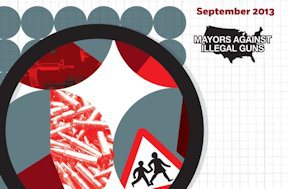



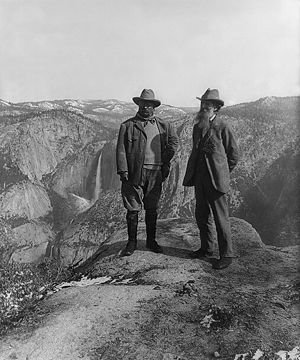
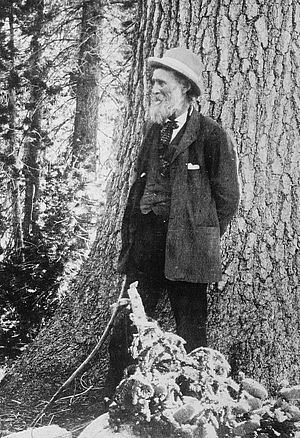
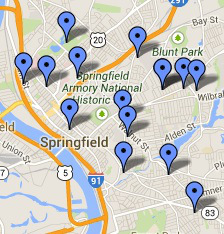


Recent Comments